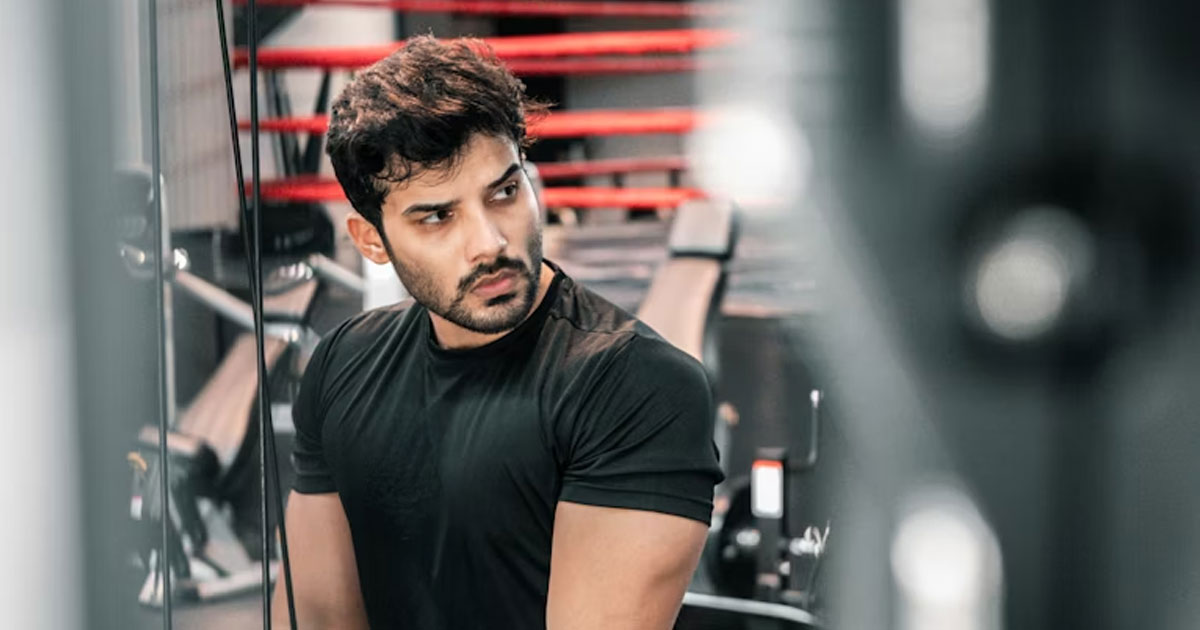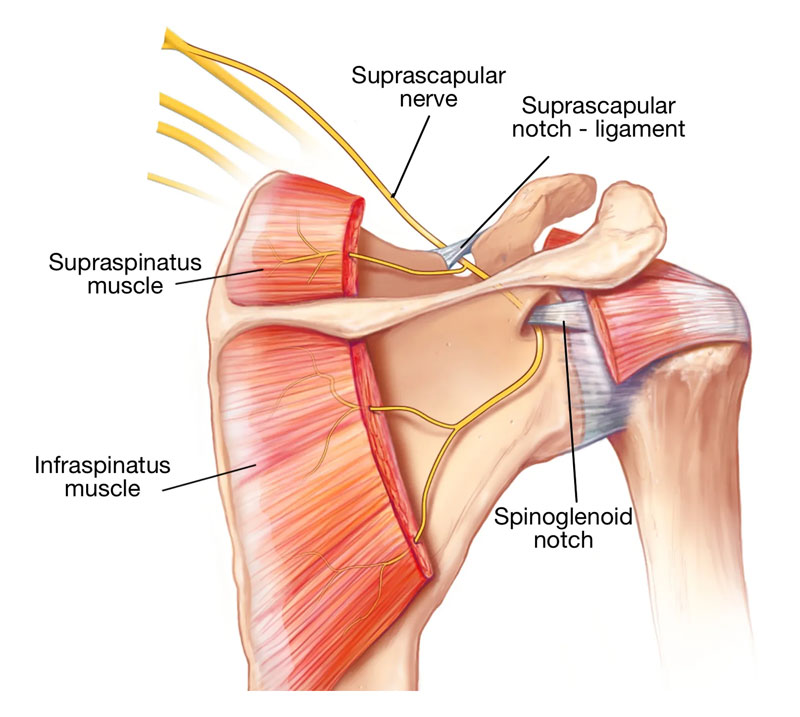
Suprascapular Nerve Entrapment – A Hidden Cause of Shoulder Pain and Weakness
Struggling with nagging shoulder pain, weakness, or reduced function?
Not all shoulder issues are due to rotator cuff tears or bursitis. In some cases, the cause may be a lesser-known condition called suprascapular nerve entrapment.
This condition is more common than many realise, especially in overhead athletes, gym-goers, and individuals recovering from shoulder trauma. Understanding it early can make a significant difference in recovery and long-term shoulder function.
What is the Suprascapular Nerve?
The suprascapular nerve is a branch of the upper trunk of the brachial plexus. It travels through the neck and into the upper back, passing through two narrow openings in the shoulder blade: the suprascapular notch and the spinoglenoid notch.
This nerve plays a key role in:
- Motor function of the supraspinatus and infraspinatus muscles (both part of the rotator cuff)
- Sensory input to the posterior and superior shoulder joint capsule
When the nerve becomes compressed or irritated, either from trauma, repetitive movement, or anatomical variations, it can lead to weakness, pain, and muscle wasting in the shoulder.

What Causes Suprascapular Nerve Entrapment?
Nerve entrapment can occur at two key sites:
- Suprascapular notch – affects both the supraspinatus and infraspinatus muscles
- Spinoglenoid notch – affects only the infraspinatus muscle
Common causes include:
- Repetitive overhead activities (e.g. tennis, volleyball, swimming, or Olympic lifting)
- Space-occupying lesions such as ganglion cysts or labral tears
- Direct trauma to the shoulder or upper back
- Scapular dyskinesis – poor shoulder blade movement can increase tension on the nerve
- Thickened ligaments or anatomical narrowing in the notches
It’s most often seen in athletes or manual workers who regularly load their shoulders with force or repetition.
What Are The Symptoms?
The symptoms can vary depending on the site and severity of the nerve entrapment. You might notice:
- Dull, aching pain at the back or top of the shoulder
- Weakness or difficulty with overhead or external rotation movements
- Visible wasting (atrophy) of the supraspinatus and/or infraspinatus muscles over time
- Reduced performance in sport or gym settings
- Sometimes, no pain, just weakness or control issues
Symptoms often develop gradually and may be misdiagnosed as general rotator cuff dysfunction or impingement.
How Is It Diagnosed?
A thorough clinical assessment by a physiotherapist or chiropractor is the first step. This includes:
- Muscle strength and control testing
- Postural and scapular movement analysis
- Palpation of the suprascapular and spinoglenoid notches
- Neurodynamic testing
If needed, your physio or doctor may refer you for:
- MRI (to check for space-occupying lesions like cysts or labral tears)
- EMG (electromyography) or nerve conduction studies to assess nerve function
- Ultrasound to evaluate muscle bulk and detect signs of atrophy
Early diagnosis is essential to prevent irreversible muscle wasting.
How Can Physio Help?
Physiotherapy is the first line of treatment for most cases of suprascapular nerve entrapment, especially when there's no structural blockage requiring surgery.
Your treatment plan may include:
- Postural correction and scapular retraining to reduce tension on the nerve
- Strengthening exercises for the surrounding stabilising muscles
- Manual therapy to improve mobility and reduce compensatory stiffness
- Education on load management, ergonomics, and overhead technique modification
- Gradual return-to-sport or training programming
If a cyst or tear is compressing the nerve, your physiotherapist can work alongside your GP or sports physician to arrange appropriate imaging and specialist referral.
Final Thoughts
Suprascapular nerve entrapment is a commonly overlooked source of shoulder dysfunction, especially in people who use their shoulders for sport, work, or training.
If you're dealing with persistent shoulder pain, weakness, or just feel like your performance has dropped off without a clear reason, it's worth getting assessed. The sooner we identify the cause, the sooner we can start an effective treatment plan.
Suspect a nerve-related shoulder issue?
Book an appointment with one of our physiotherapists today. We'll help you uncover the cause and guide you through your recovery step by step.
